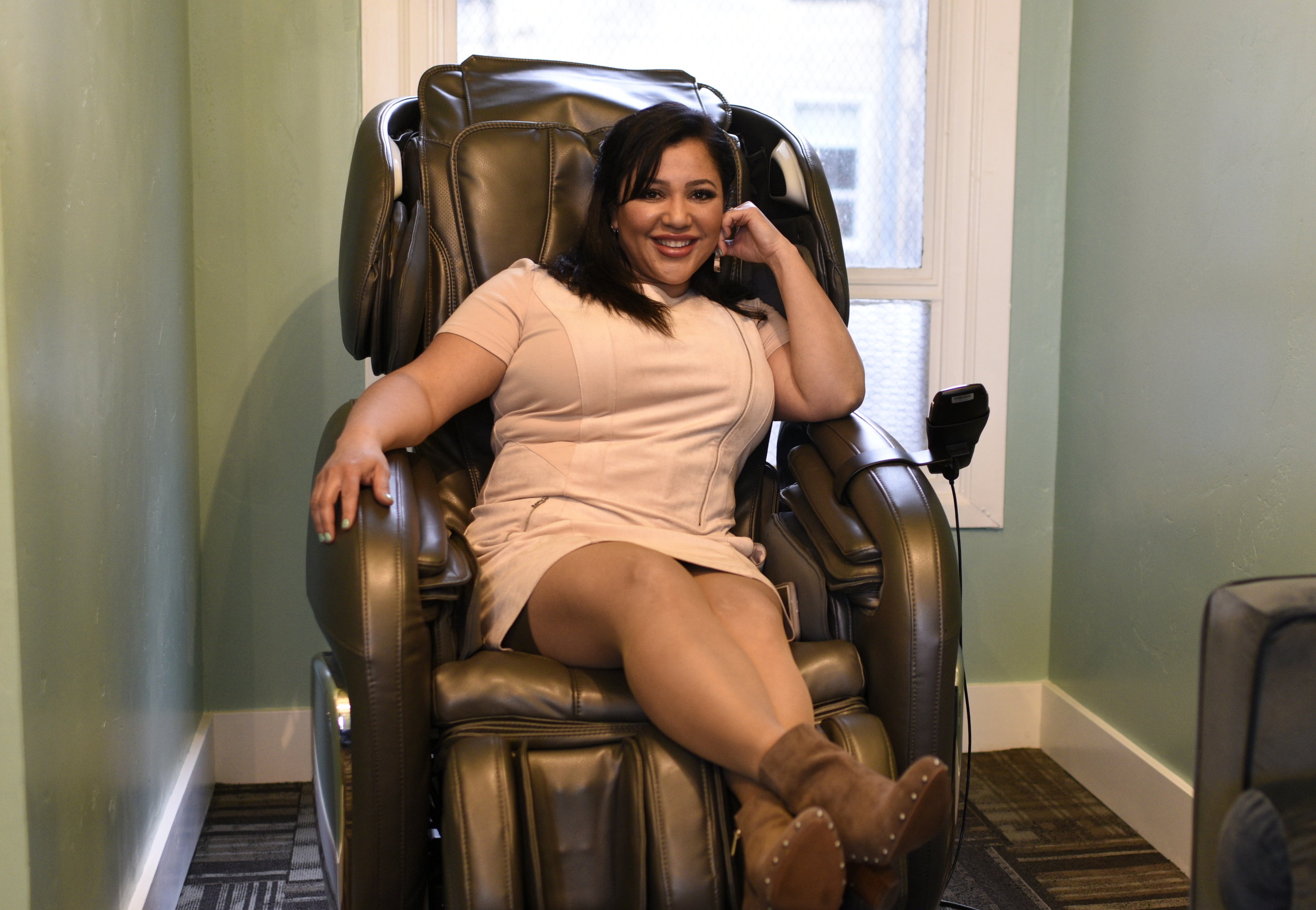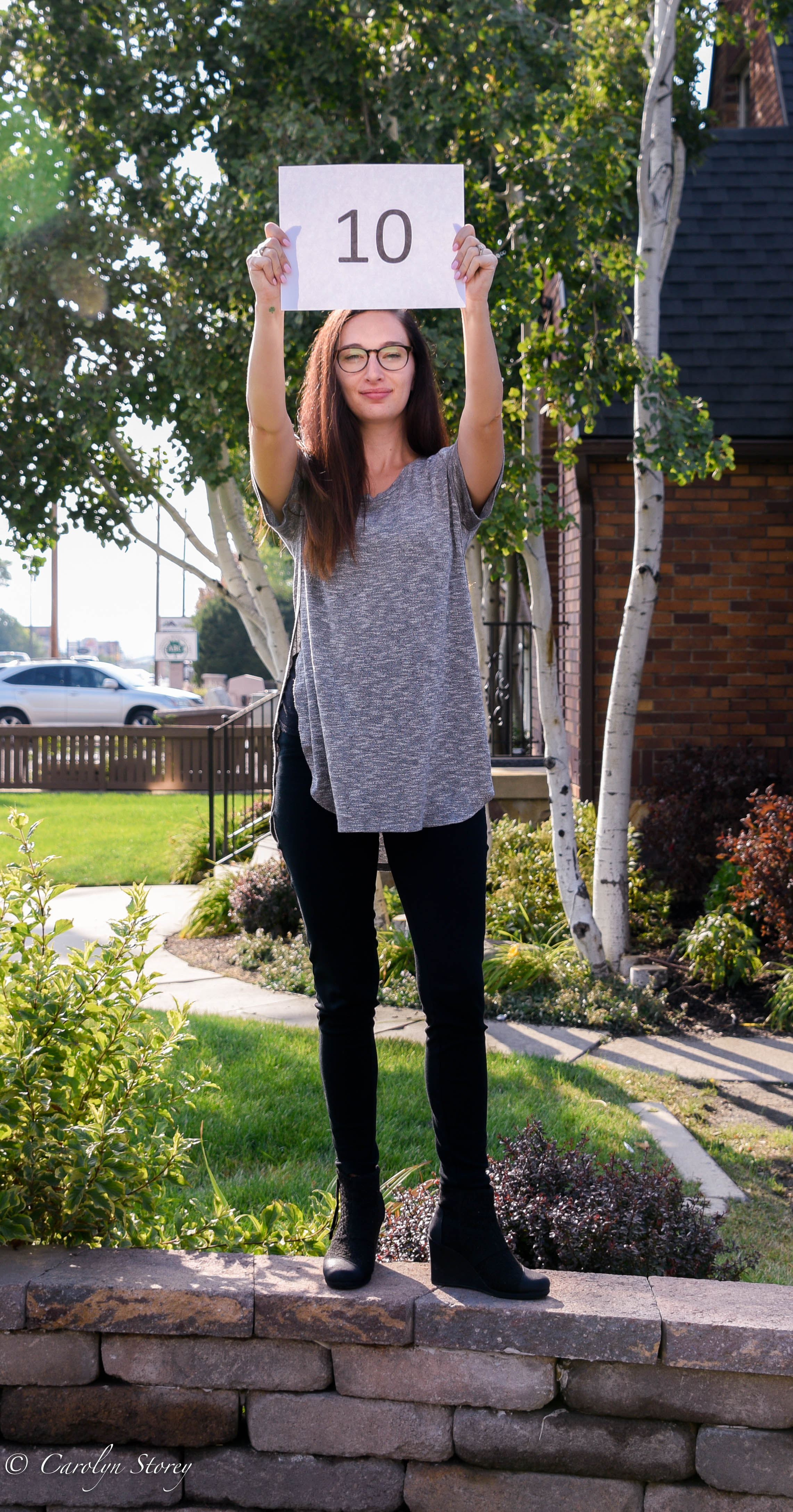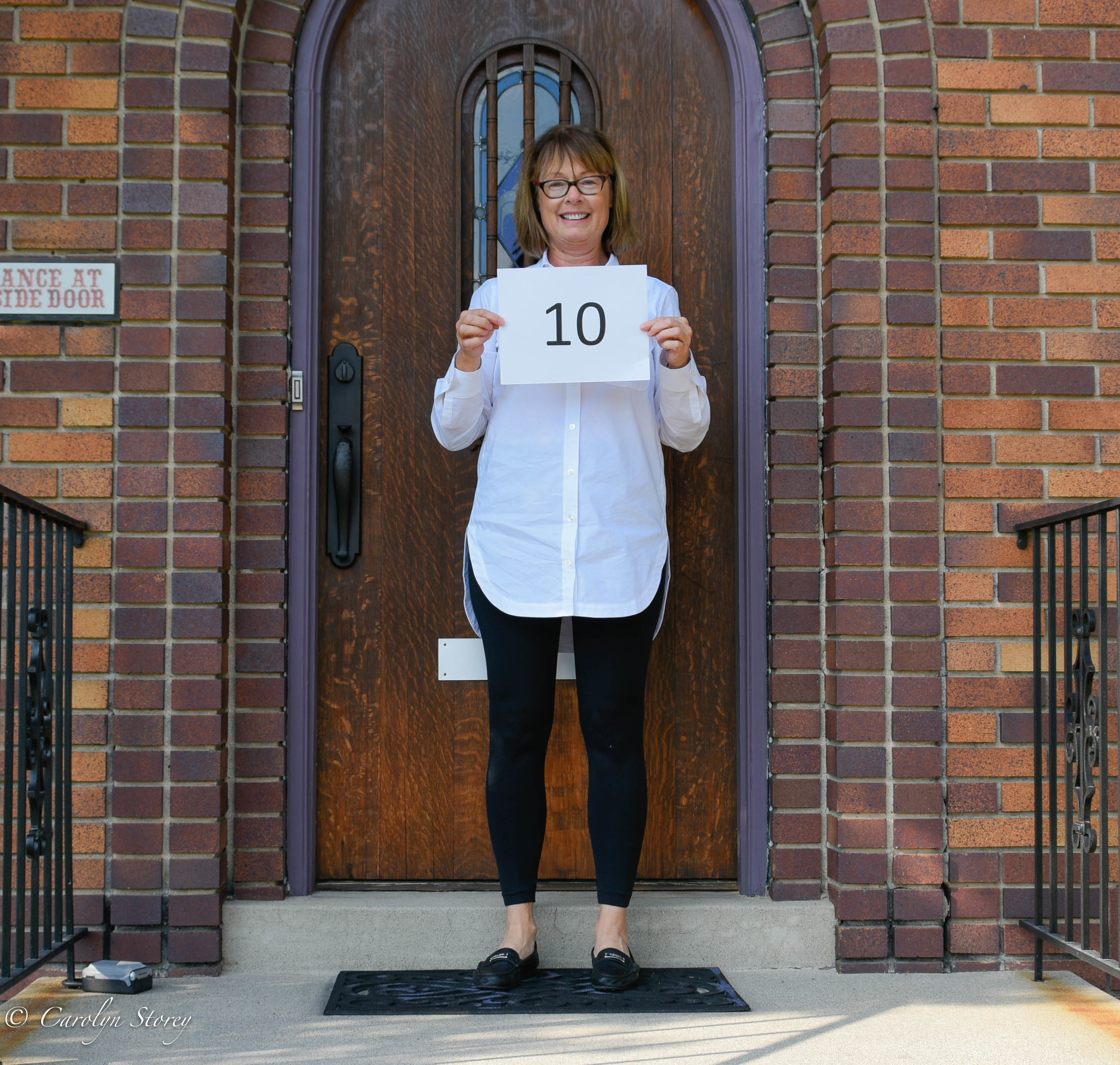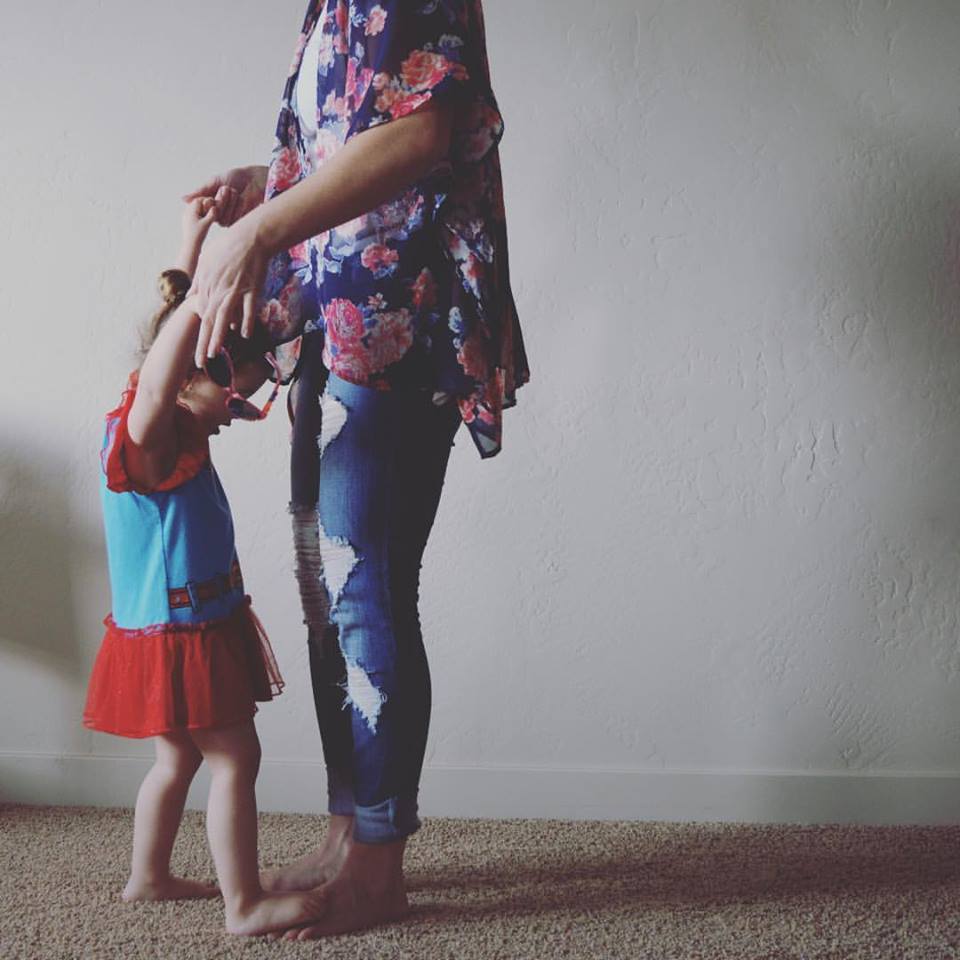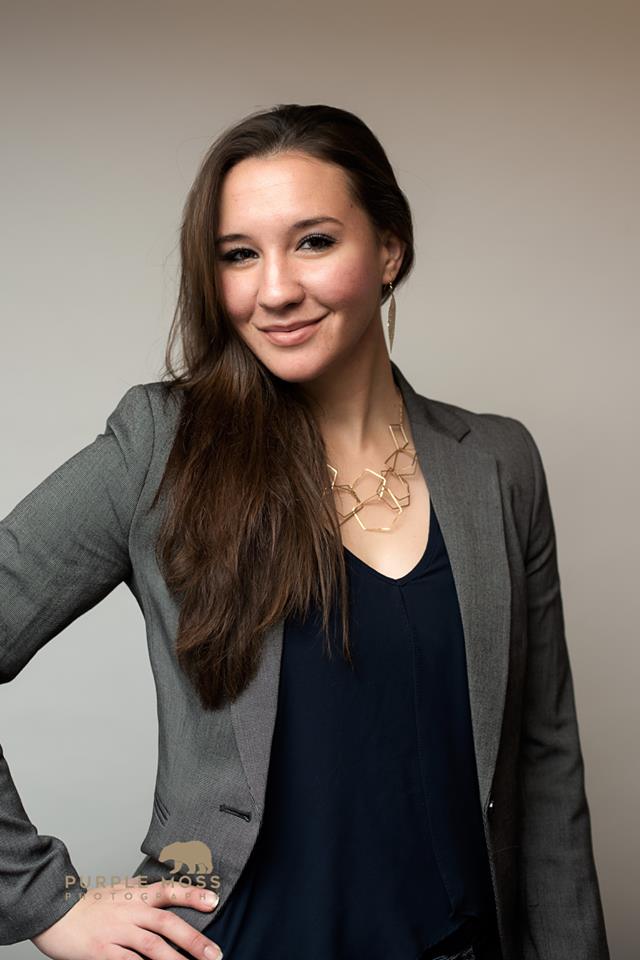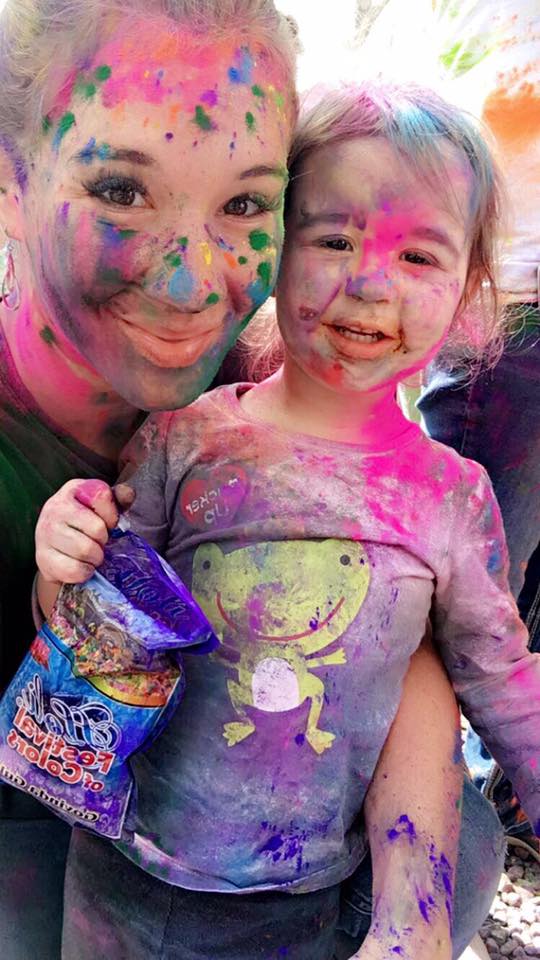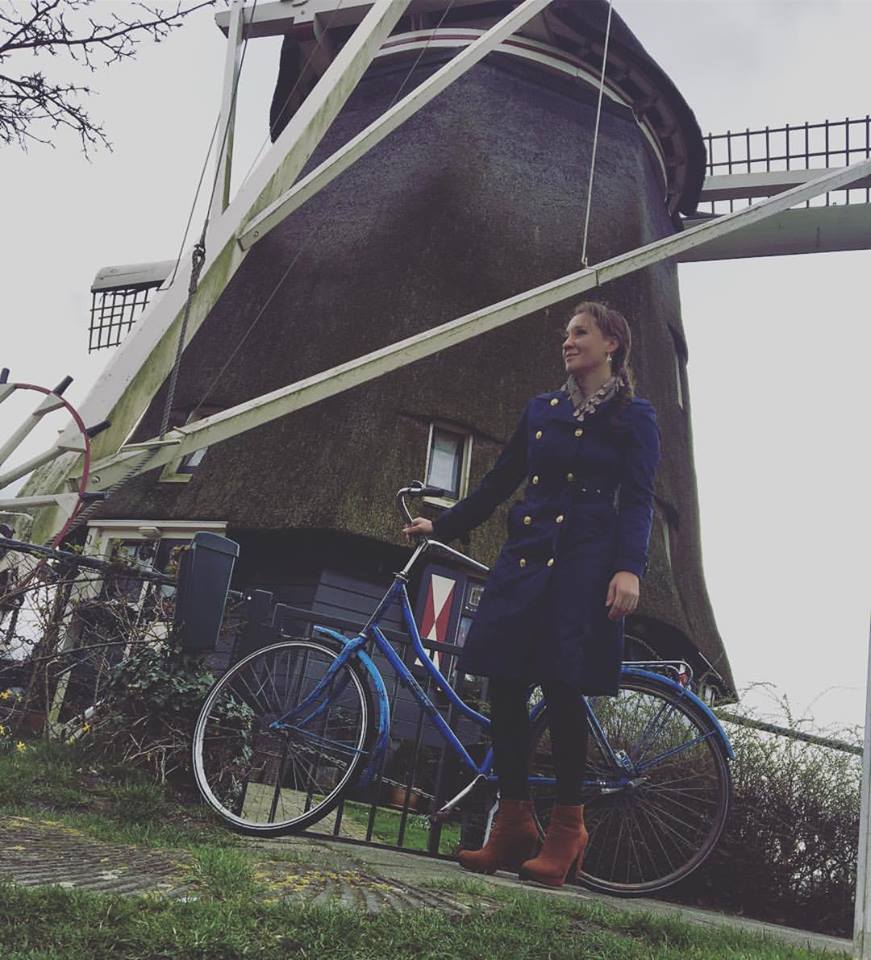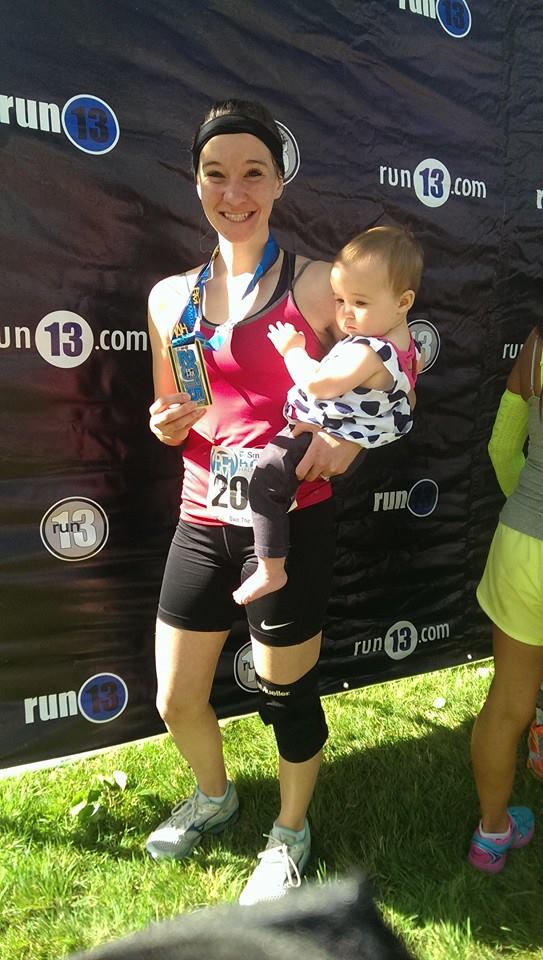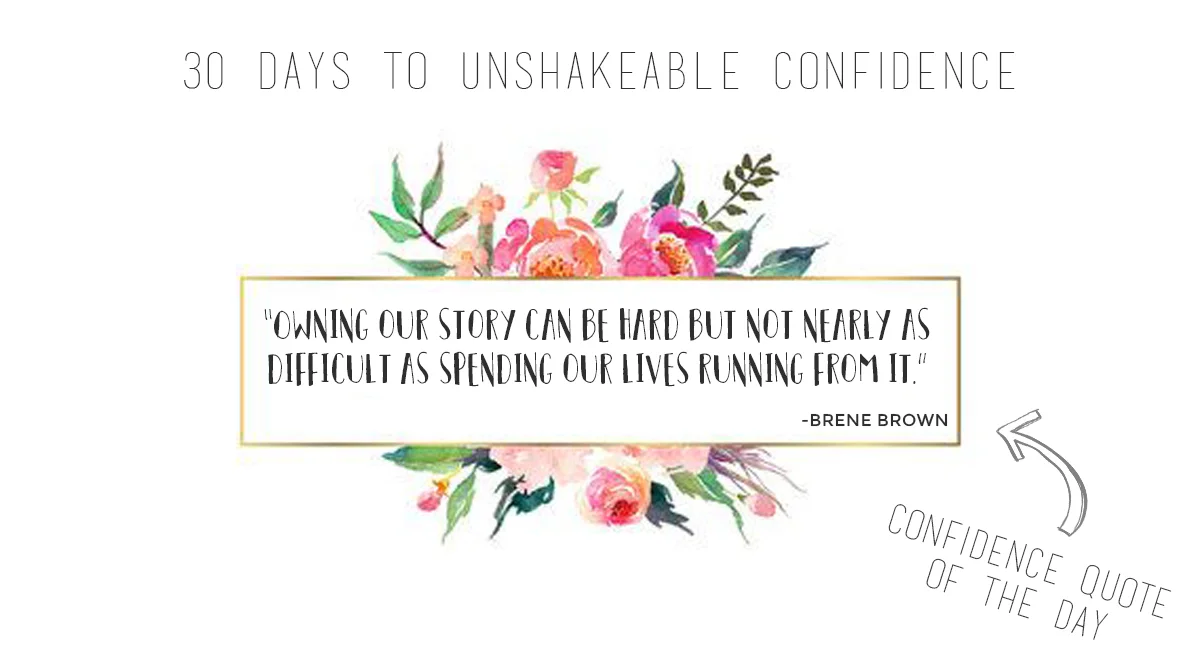Day 30: GET OUTSIDE (OF YOURSELF)
When we started Confidence Boot Camp 30 days ago, it was hard to imagine that the last day would come so soon, and we would be both welcoming you to Day 30 and saying “thank you” for your participation and your engagement with us on this adventure.
In all honesty, this was an ambitious project for us to take on. Our core production team is just four people—Carol, Haley, Meagan, and myself (Merrilee). We have been planning this for a long time, but when it came right down to it, we realized that we are kind of newbies in this space. It’s been a crash course for us in writing and managing content, recording videos, working with audio, scheduling, editing, coordinating with our guest posters, and keeping everything flowing for all of you who have been following us. I’ve learned more about teamwork in working on this project this past month with these amazing women than in any other group project of my career. We each have a very different set of skills, and we had to lean on each other’s strengths to make it all come together.
But we made a commitment to you, and we were determined to keep it, and I am very grateful to Haley, Carol and Meagan for making this little dream of mine come alive. The group texts to coordinate each day’s post started about 8 pm each evening, 7 days a week, and sometimes continued to 11 pm. If we hit roadblocks, the most common response from the others on the team was, “I think I can figure it out.” For us, the journey of producing each of the episodes was as satisfying as the final product. We didn’t aim for studio-quality perfection, but more for authenticity, connection, and real-life tools that could genuinely be helpful to you.
Looking back, there are definitely things we might change. Sometimes we had to call it “good enough” in order to stay on schedule, but all in all, we’re pretty proud that we produced 30 episodes of Confidence Boot Camp in 30 days, and we hope it’s been a valuable experience for you, too.
We owe a special thanks to all of our guests who shared their time, expertise, and enthusiastic support for our project, and we hope it was a worthwhile investment for them, too. They brought diversity, wisdom, fun, and their own audiences to share in this journey, so we are deeply grateful for their willingness to help us.
And finally, congratulations to you, our loyal followers! We appreciate that you took the time every day to open the emails, watch our videos and read our posts. We hope you’ve benefited and built a repertoire of new skills and practices to sustain you for a lifetime of confidence. And we hope you’ll come back whenever you want to review and refresh, or find a little encouragement or inspiration.
AND NOW - THE FINALE: GET OUTSIDE (OF YOURSELF)
We can’t end Confidence Camp without the final episode: "Get Outside (of Yourself)". This topic has evolved over the past month, because we knew we wanted to write and produce something that expanded our focus beyond ourselves. All month, we’ve been encouraging you to look inside yourself, understand your fear and self-doubt, analyze, visualize, reflect, write, re-frame, tame, and practice. Today, we want you to look up and look out—for opportunities to support others, to practice gratitude, and to advocate for change.
We don’t need research to know that helping others gives us a personal return on that investment: We usually feel better about ourselves. Feeling better about ourselves puts us “above the line”, which is the secret garden of confidence. So today’s post is to remind us that working on ourselves includes both self-reflection and selflessness; navigating between what’s inside of us and what is outside of us keeps us balanced and whole. Too much attention in either place makes us lop-sided.
We’ve identified four simple practices that are just a few ways you can “get outside of yourself”:
Hold the light up for someone else
Every time we learn something new, the best way to ensure that it sticks is to share it or teach it to someone else. Somewhere in your life, someone said to you, “You can do it. I see you. I see your strengths, your talents, and your untapped potential.” They held a light up for you so you, too, could see what you may not have been willing or able to see before, and you took their words to heart, and at some point, started believing them, too. That’s one of the ways you came to be where you are today—with someone else holding the light up to your possibilities, and holding the space for you to shine.
Now it’s your turn. Look around and see who needs your guidance, your mentoring, your encouragement, or your support. We have the chance to “pay it forward” every day, if we simply look around and see who needs it. It’s really easy to become consumed with our own lives, our own circles, and our own interests, but in the long run, being completely self-focused doesn’t serve us, and we really don’t grow.
Holding the light up for someone else requires us to expand our scope of awareness, and to literally “get outside” of our own self-interests. It doesn’t take much time, really, to tell someone genuinely, “You are really good at this. I can see your passion and you have a natural way of relating to people. I think you should keep it up.” (What was that, like 10 seconds?)
We all need encouragement, and we all need guidance. Share your wisdom and your experience. Make someone’s day.
Extend a hand: Provide 5-minute favors
As women, we have many opportunities to help each other build confidence, share resources, and lend each other a helping hand. Working together, we can move the needle more quickly toward a more equitable experience for all of us. But how do we help each other when we have so much on our individual plates already? Do you ever ask yourself, "How can I do one more thing?"
We learned about a technique that we love and want to share with you. It’s called “5-minute favors,” and it works like this: Anytime you can do something for someone else in 5 minutes or less, do it! Do it right now. Here are some examples:
- Write an email introduction connecting two people who can help each other.
- Send a note of thanks to a team member who put in some extra effort.
- Share an article with a colleague after a discussion you had on the same topic.
- Buy an extra coffee on your afternoon run and share it with your teammate in the next cubicle.
It’s only 5 minutes (or even less) of your time, but the return you’ll get will be much more. You’ll stay on others’ radar, build your brand as a “connector”, and genuinely make other people’s lives easier. And, it’s fun to see what you can come up with every day.
Become an activist (or at least an advocate)
Changing the status of women in the world isn’t going to happen accidentally, and at the rate we are going now, it’s going to take about 100 years. That’s too long! But that's the prediction, unless we are all willing to become “activists”. Now, you may think of being an activist as someone who is marching with signs at a protest, getting arrested because you’ve chained yourself to a tree, or becoming a politician and debating on the floor of Congress. These are all some ways of being an activist, and they may or may not be your thing.
Being an activist simply means you are willing to take action, speak up, or express your position on an issue—to participate in the process of change. Activism can take many forms, and you can decide to be an “advocate” as well, being for things, instead of against things.
We need all of us to raise our voices together, to support and advocate for creating better experiences for women all over the world. Your actions can be very small, like expressing your concern about policies or practices that are discriminatory, or they can be much bigger. Think of yourself as an ambassador for change, and activism becomes easy. We simply carry the torch for all of us, together, by standing up, speaking up, and continuing our forward motion.
Practice gratitude
One of the best ways to get outside of yourself is to practice gratitude, and you can do it in so many different ways. You may have heard of Shawn Achor, who wrote, The Happiness Advantage, and has one of the most popular TED Talks on the web. Shawn shares the research they’ve conducted with thousands of people, which indicates that we can actually train our brain to scan the environment for positive things (You know--to stay "above the line") by practicing several simple things:
- Start a daily gratitude practice. Each day for 30 days, write down three new things that you are grateful for. At first this will be easy, but as the month goes on, it can be more and more challenging. We have so many things to be grateful for, and by becoming aware of them, we are less likely to get caught up in our own fears, anxiety and negativity.
- Every day, send an email to someone expressing your appreciation for them, or for something they’ve done. You can send the note to a colleague, your boss, a team member, your partner, a family member, a friend—anyone. It takes less than 5 minutes (see 5-minute favors above), and you give someone else a boost, and you give yourself a boost. Who doesn’t need that?
- Journaling: At the end of each day, write down one positive thing that has happened in your life in the last 24 hours. This does two things: It allows your brain to re-live the positive moment, and it trains your brain to focus more on scanning for future positive events. Some people who don’t use a journal prefer write in their calendar, but if you’ve been working out with us at Confidence Boot Camp, you are certainly in the habit of journaling by now.
PRACTICE ASSIGNMENT
(We could never end without giving you a practice assignment.)
Today, we’ll ask you to choose one of the “practice gratitude” exercises described above, and do it every day for one week. Now that you have completed Confidence Boot Camp, you have a wide-open week to do this. Certainly, look for opportunities to do 5-minute favors, hold the light up for another person, or advocate for changes—big or small. But these opportunities come up at unpredictable times, and we need to be ready to respond when those chances present themselves.
But we can make an active practice of gratitude, because it doesn’t need opportunity. You just do it, every day. Your brain will thank you because it will really like looking for the good stuff in the world.
We’re grateful to you, Confidence Campers. We needed you every step of the way, and you showed up. All we can say now is thank you, from the bottom of our confident, happy hearts.
With lots of love from Carol, Meagan, Merrilee and Haley
If you are enjoying being a part of the Confidence Bootcamp, please tell your friends about it! Anyone is welcome to subscribe to our 30 day confidence camp at anytime - even on September 30! We're constantly growing our group of worldwide women who inspire through shared stories and collective confidence. Please help us get the word out by sharing on your Facebook page and following us by clicking on the icons below!
Did you land on this page from our Facebook page or website, but haven't subscribed to the Confidence Bootcamp yet? It's not too late! Everyone who subscribes will receive daily emails with extras, bonuses, and surprises.
PLUS you'll be eligible to get $500 off a Tuscany Tour through Find Yourself In Tuscany (a tour company run by one of our Confidence Bootcamp participants!) and be entered to be one of 3 lucky winners who will receive a free coaching session ($800 value) from our very own Merrilee Buchanan.
Make sure to subscribe before September's over, there's still plenty of good stuff in store!
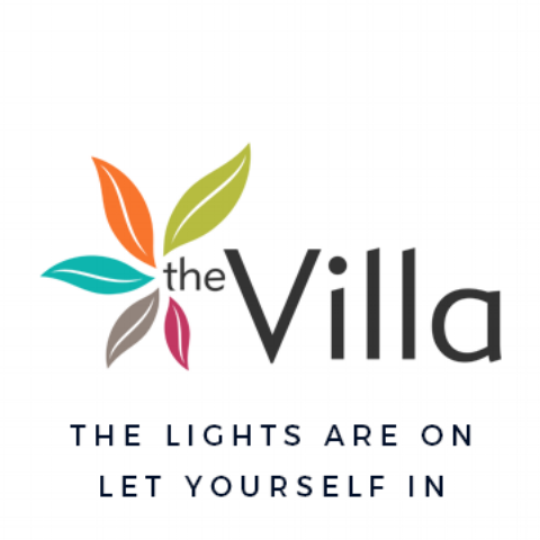

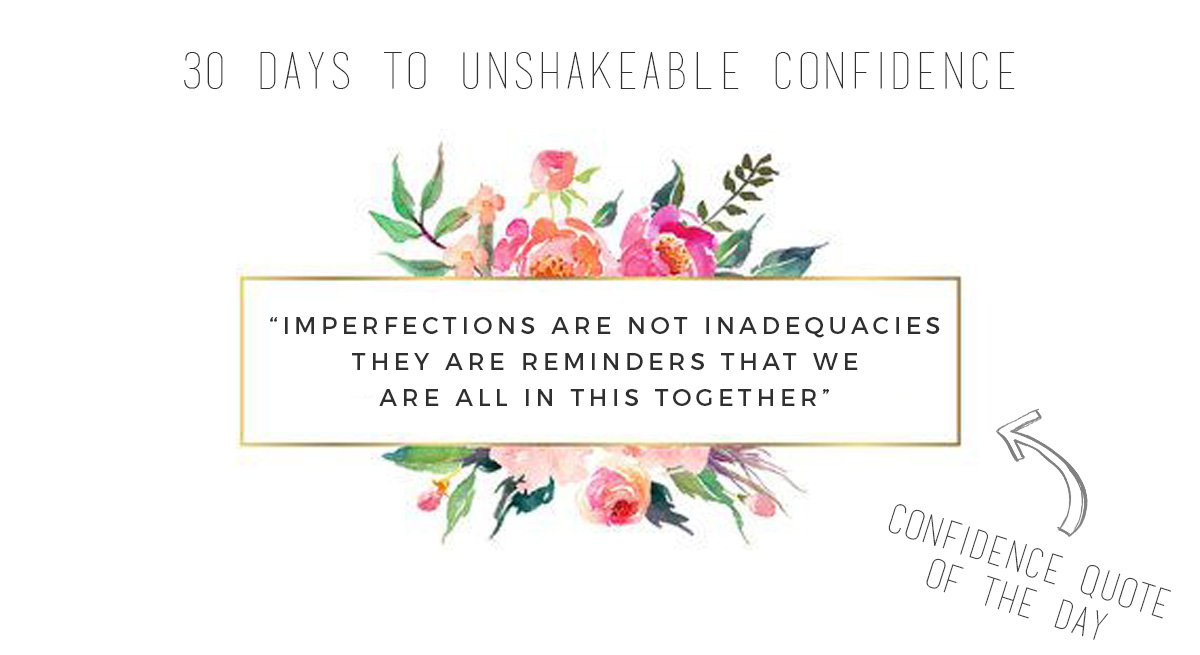





















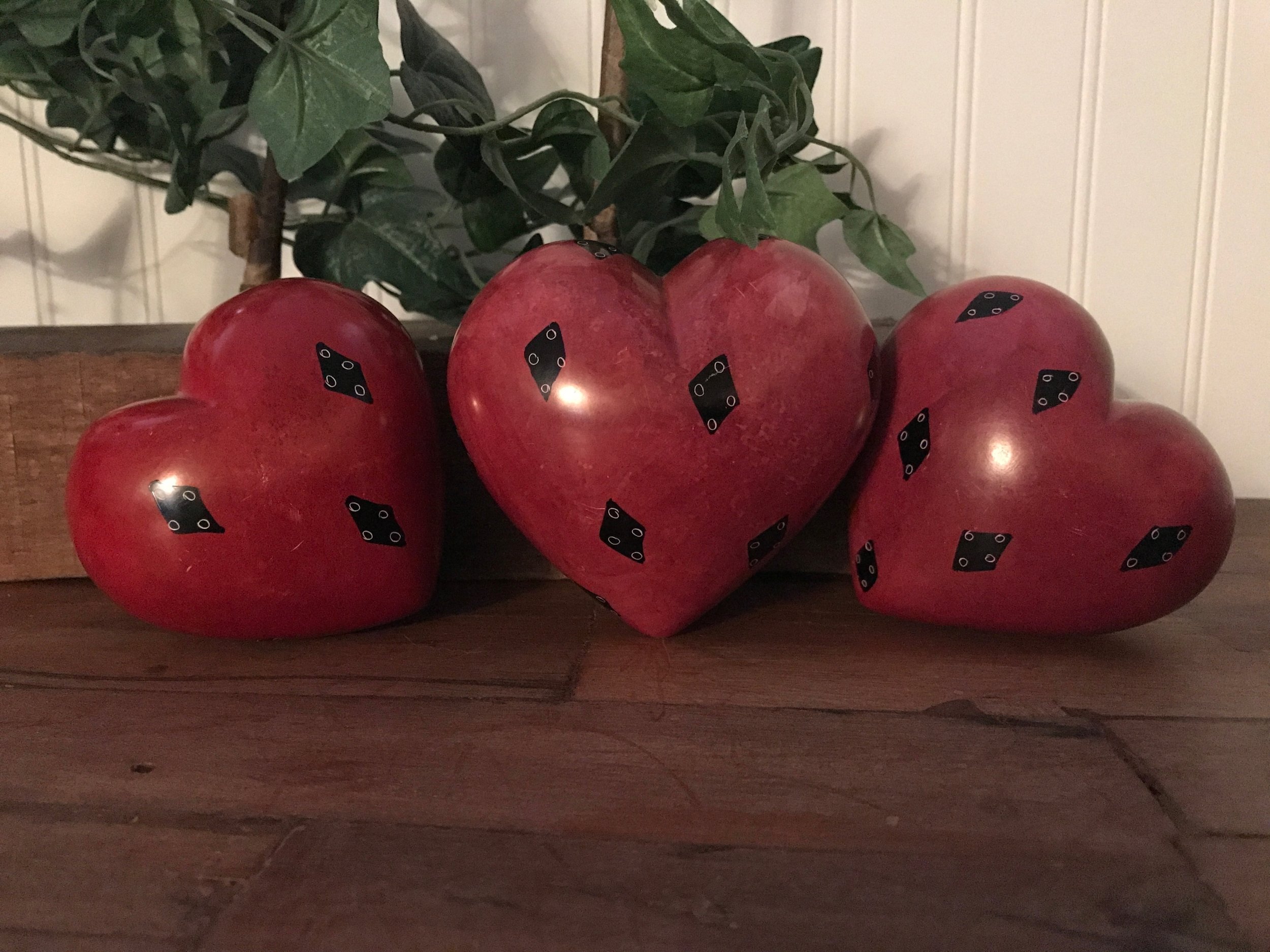







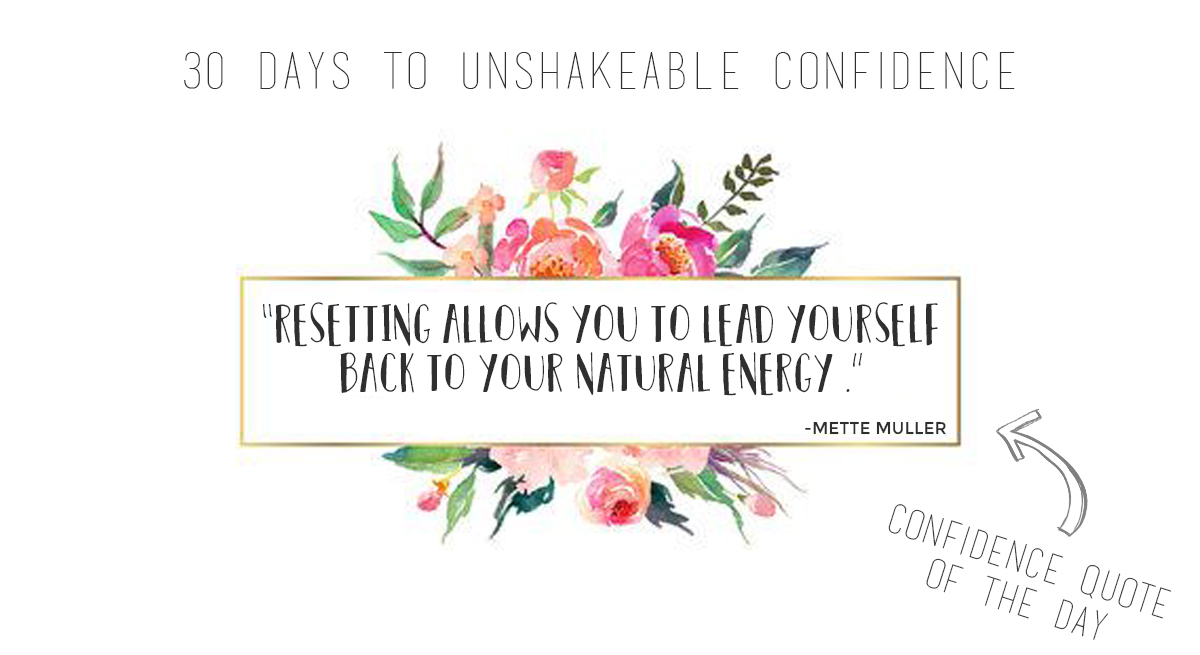
![FullSizeRender[6].jpg](https://images.squarespace-cdn.com/content/v1/58d86ebc37c581212ac5cb1e/1506220236037-4XIPYL0MMFSEGKII6HGC/FullSizeRender%5B6%5D.jpg)

